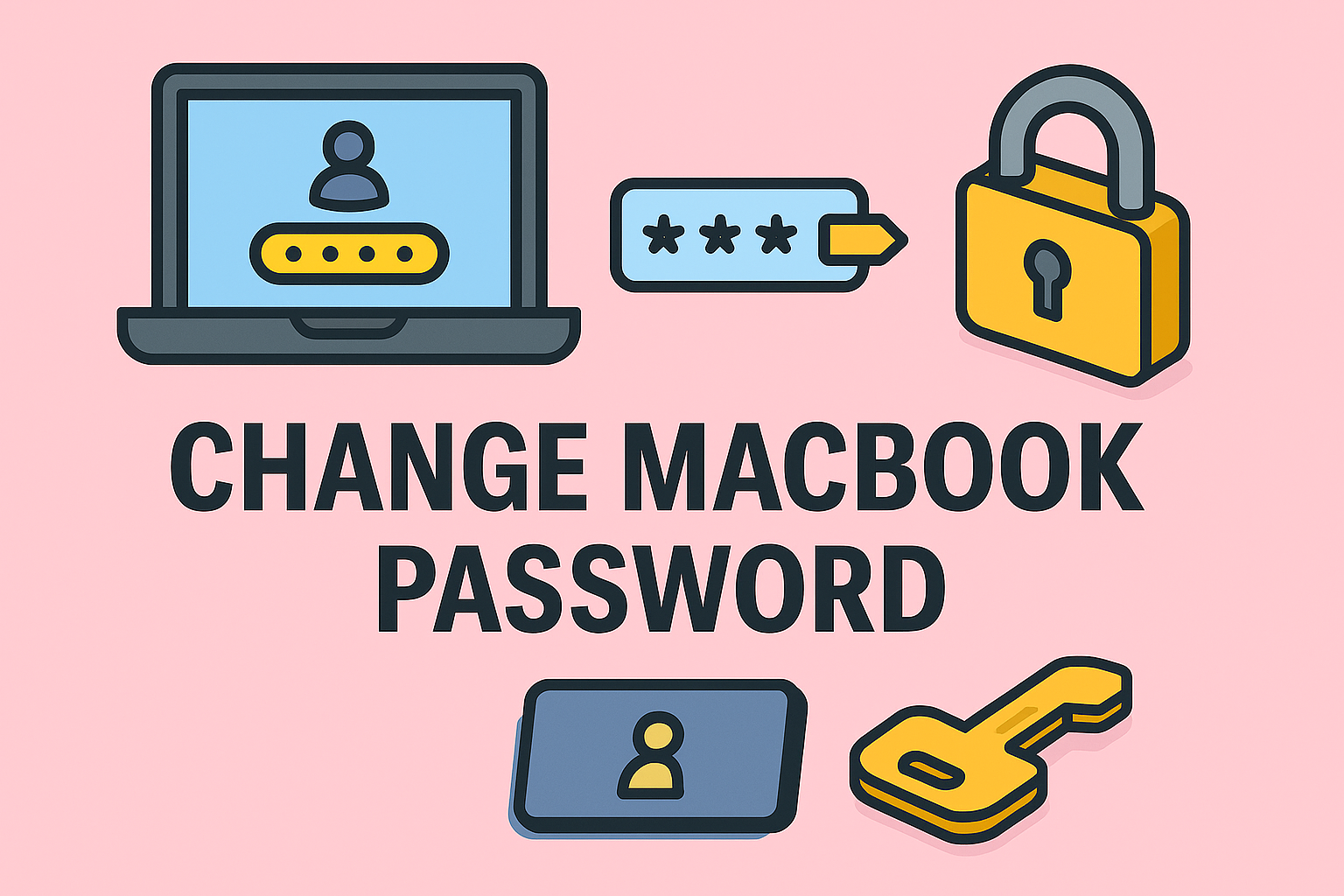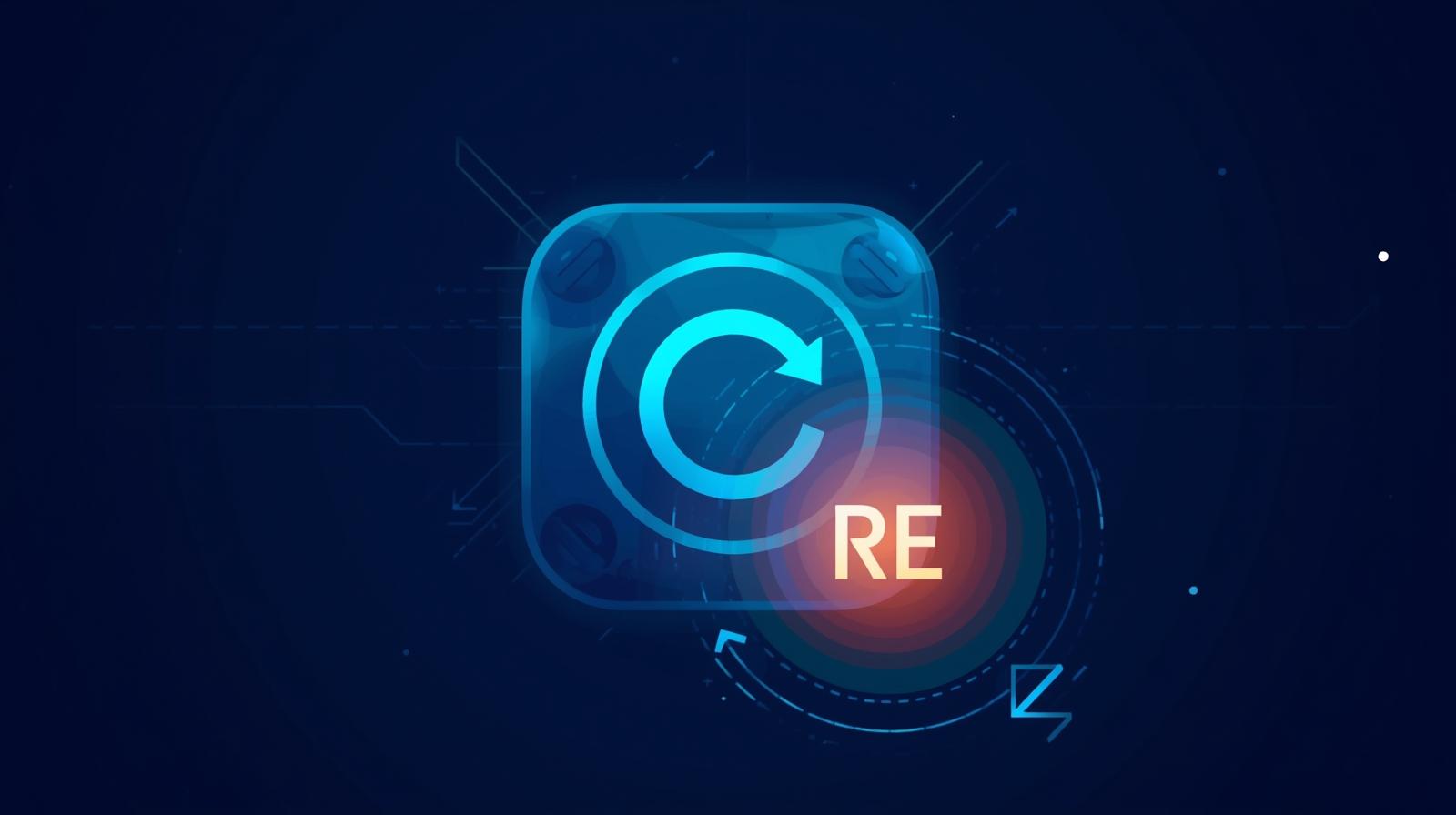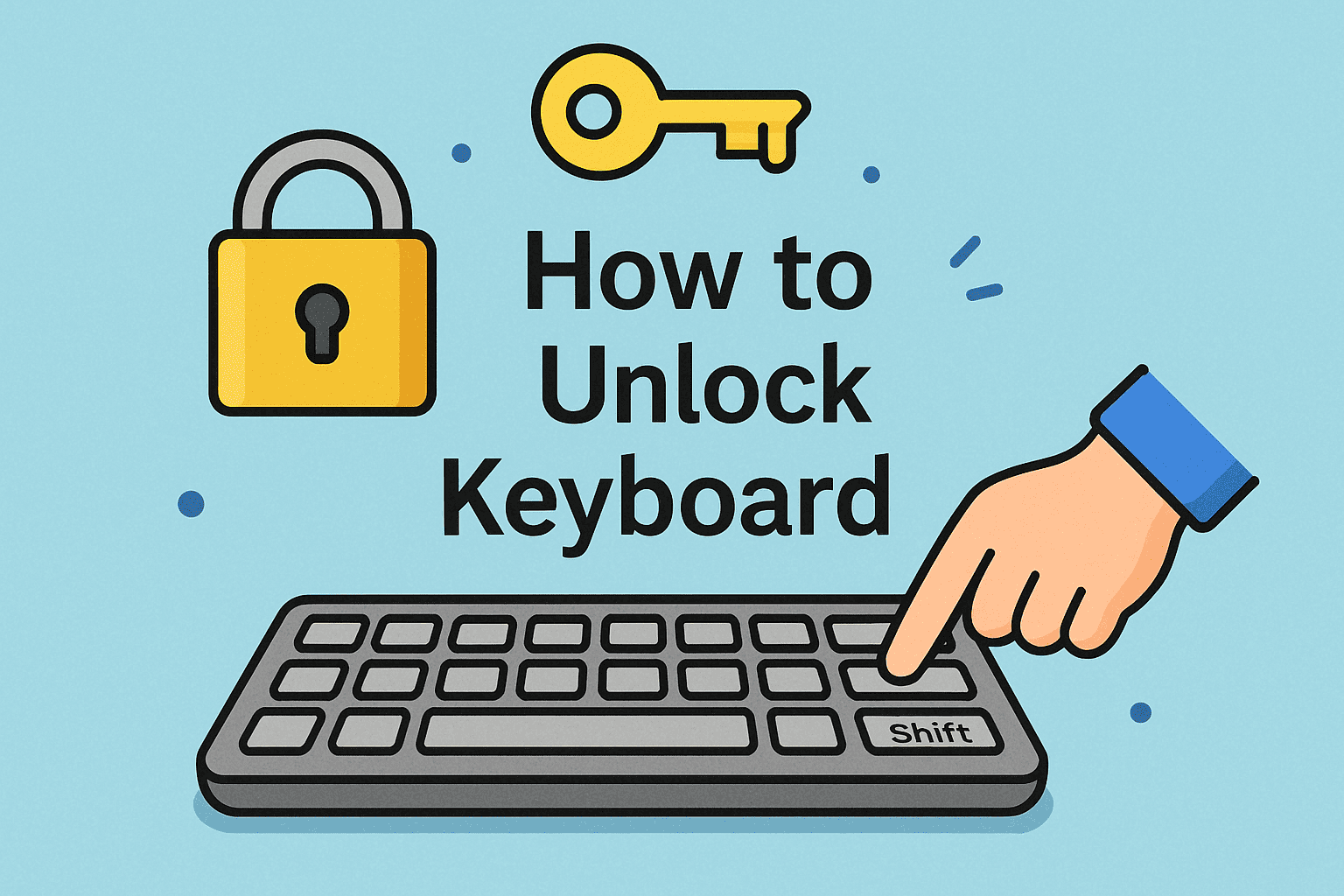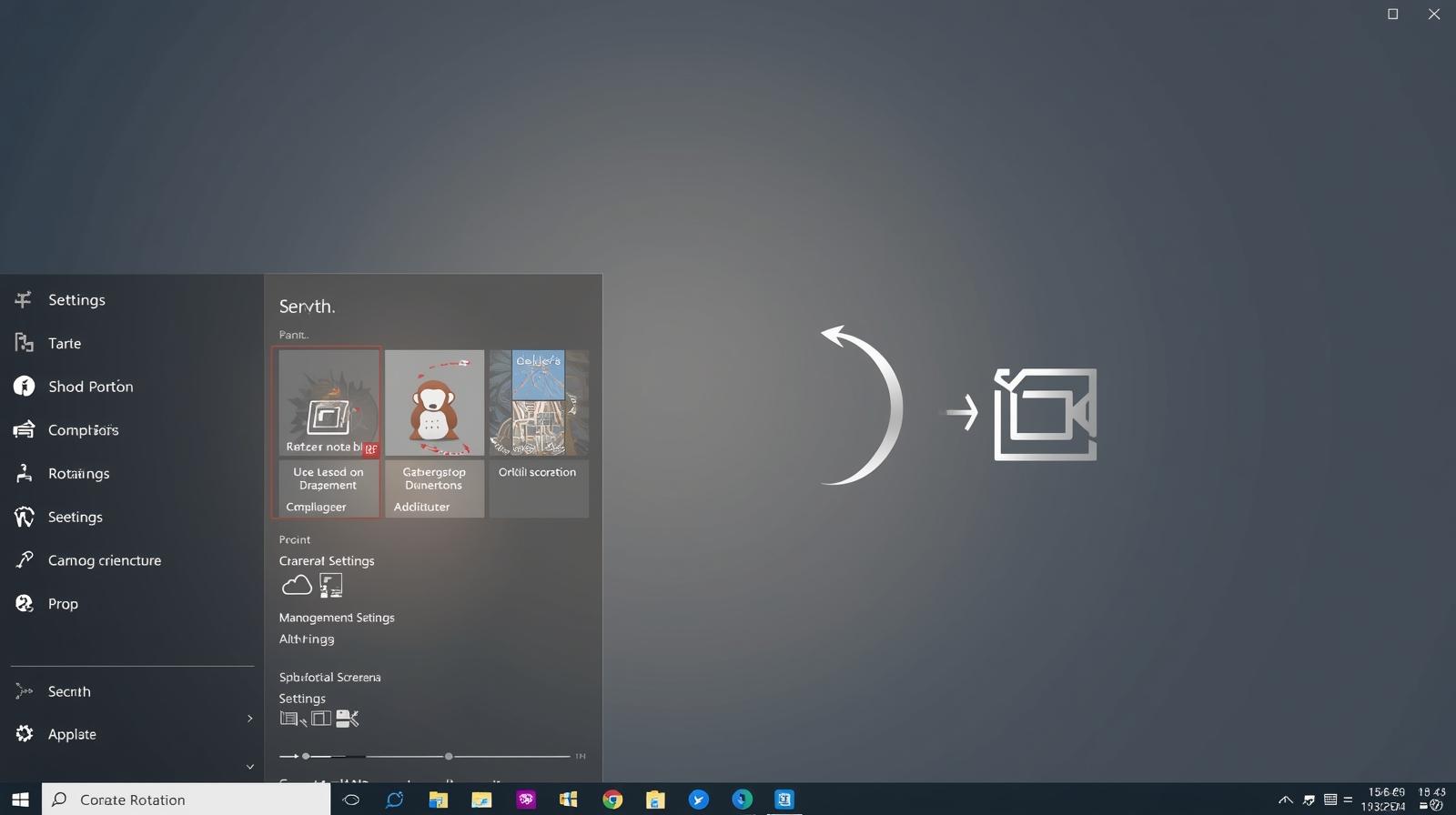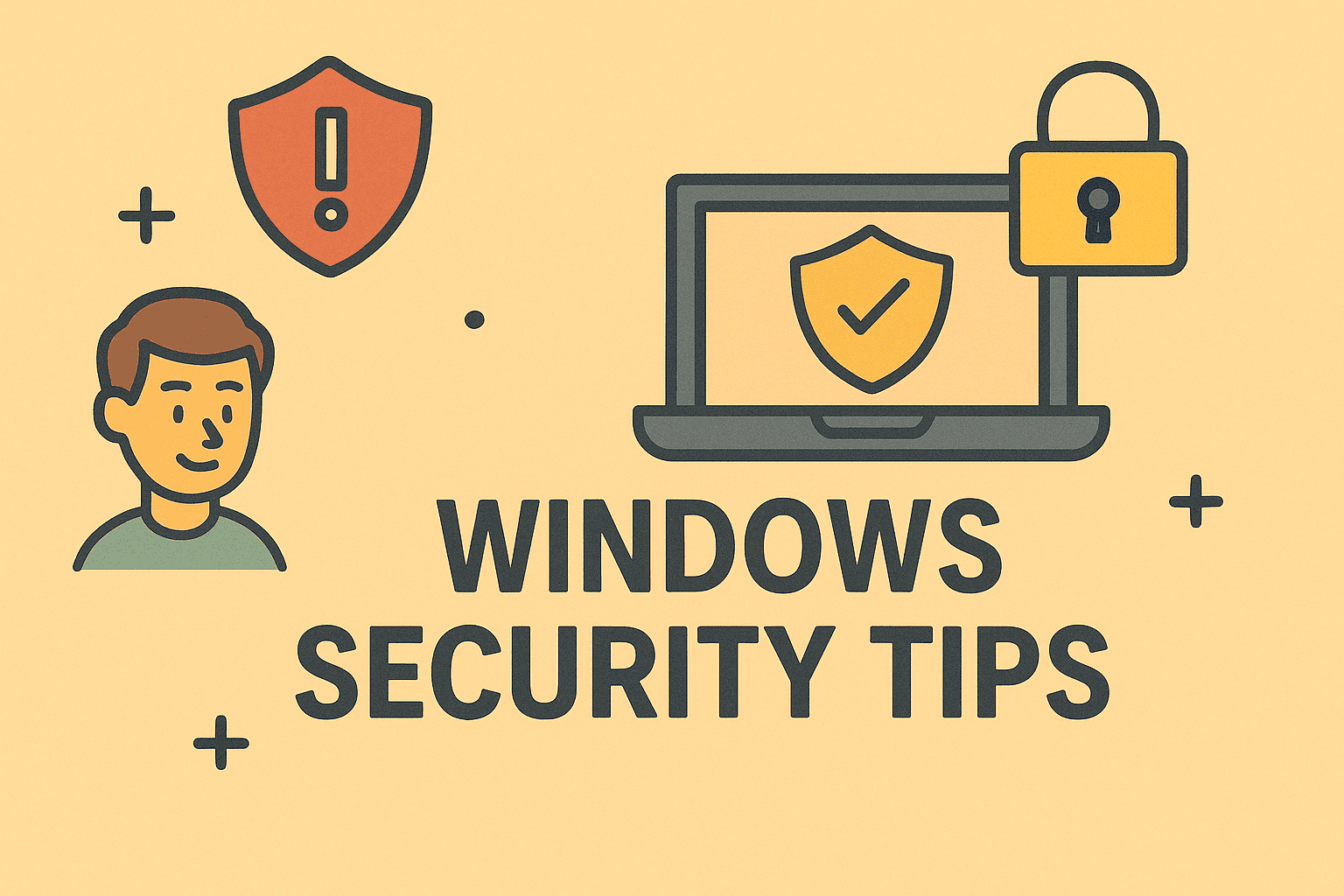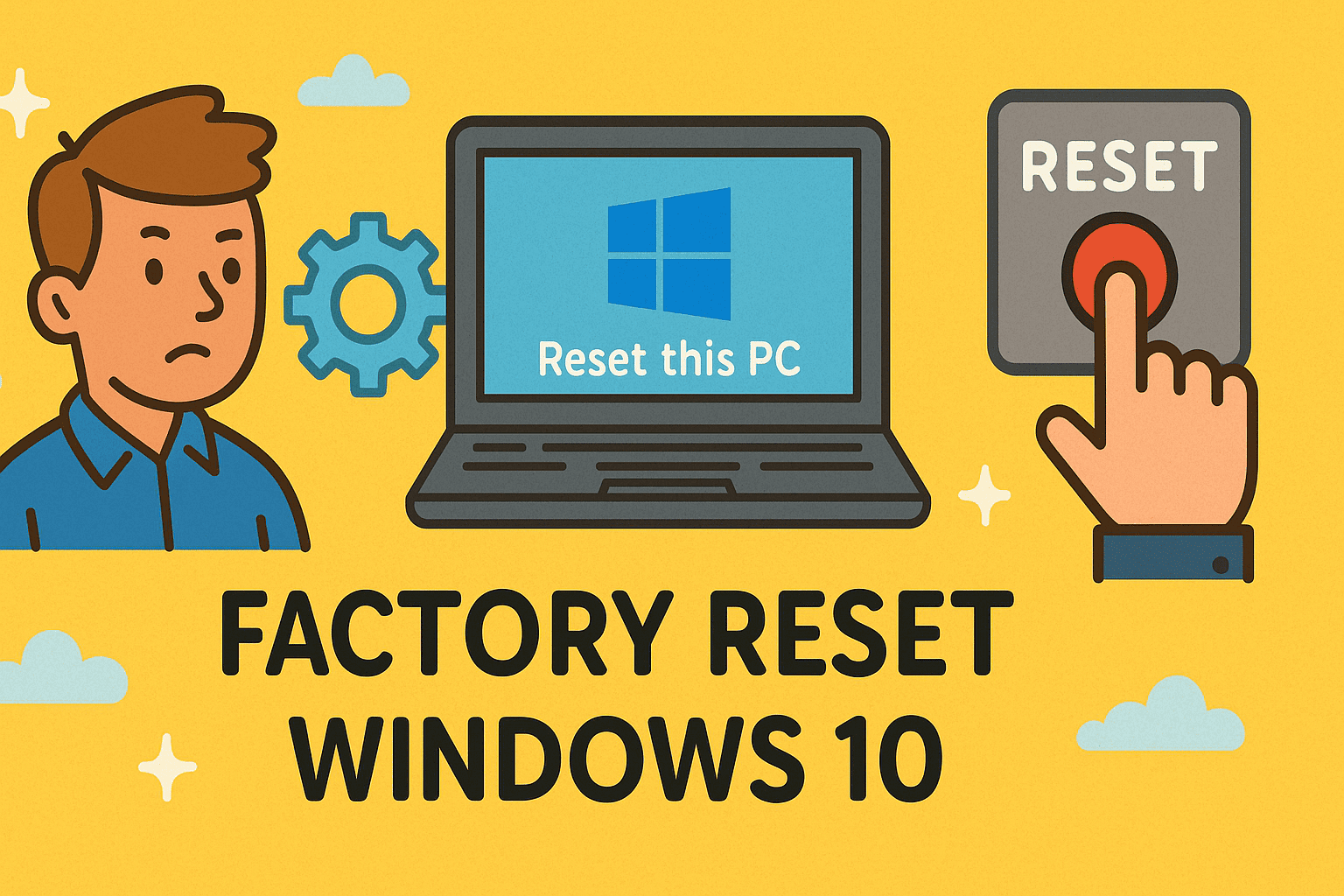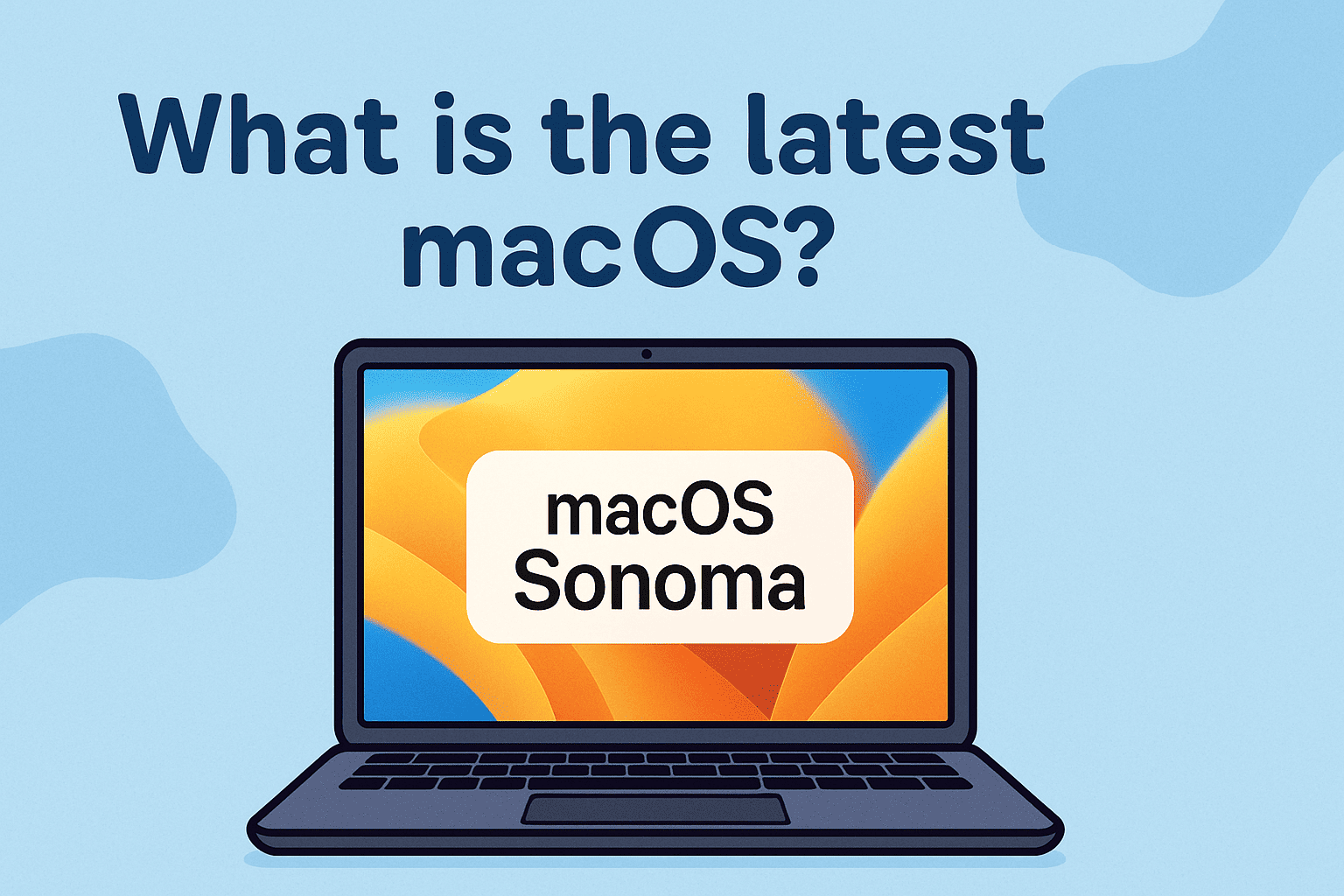Protect Your Data: Lock Your PC Screen the Smart Way
Updated on October 10, 2025, by ITarian
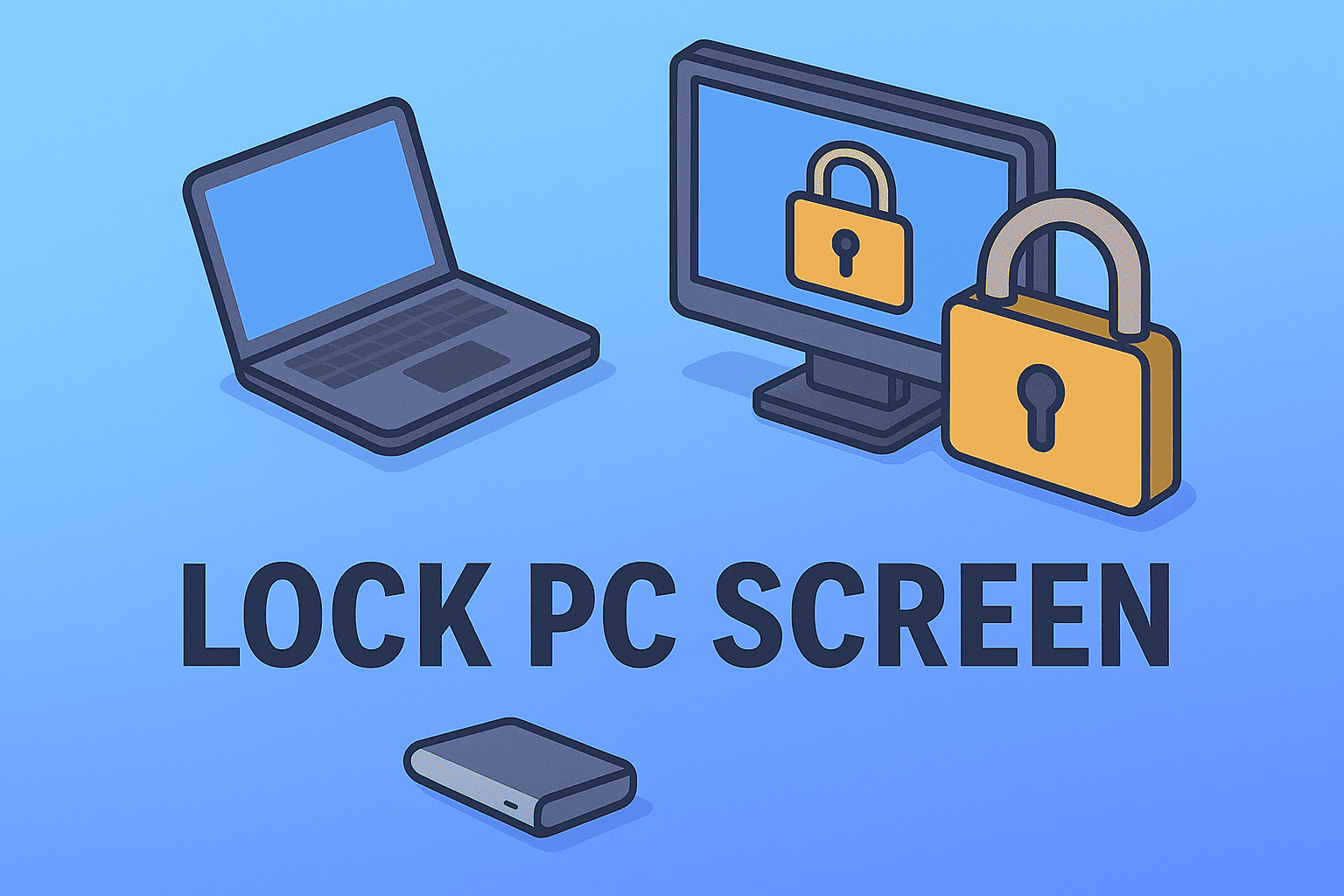
Ever stepped away from your desk only to realize your system was left wide open? In today’s digital-first workplace, even a momentary lapse in device security can expose sensitive business data. Knowing how to lock PC screen quickly and effectively is one of the simplest yet most crucial habits for maintaining cybersecurity.
Whether you’re an IT manager overseeing endpoint security or a professional handling confidential files, locking your computer screen prevents unauthorized access and protects your organization from data breaches. In this comprehensive post, we’ll explore multiple ways to lock your PC, keyboard shortcuts, command-line methods, and security tips to ensure your system stays safe.
Why Locking Your PC Screen Is Essential
Before diving into how to lock PC screen, it’s important to understand why this simple act matters.
In cybersecurity, every unlocked computer is a potential vulnerability. When you leave your workstation unattended, anyone with physical access can:
-
Read or copy sensitive information.
-
Install malicious software or external drives.
-
Change security configurations.
-
Access your company network using your credentials.
According to a 2024 Ponemon Institute study, 35% of insider security incidents stem from unattended devices or shared credentials. Locking your PC acts as a first layer of defense—protecting your data even before advanced firewalls or endpoint security kick in.
How to Lock PC Screen Instantly
Locking your computer takes just seconds and can be done in several ways. Let’s explore the most efficient methods below.
1. Use the Keyboard Shortcut (Fastest Method)
This is the quickest and most popular method for both Windows 10 and Windows 11 users.
Steps:
-
Press Windows + L simultaneously.
-
Your PC screen locks immediately and returns to the sign-in screen.
Pro Tip: This method works even if background processes or downloads are running—they’ll continue while the screen remains locked.
2. Lock PC from the Start Menu
If you prefer using your mouse instead of shortcuts, the Start Menu method is equally effective.
Steps:
-
Click the Start Menu (Windows icon).
-
Select your user profile icon in the bottom-left corner.
-
Click Lock.
This option is ideal for those unfamiliar with keyboard shortcuts or using a touchscreen PC.
3. Lock Your PC Using Ctrl + Alt + Delete
Another classic method involves the Ctrl + Alt + Delete key combination.
Steps:
-
Press Ctrl + Alt + Delete together.
-
From the menu that appears, select Lock.
IT professionals often use this method in secure environments where fast user switching or group policies require verification.
4. Set Automatic Screen Lock via Settings
For those who frequently forget to lock their PC, enabling automatic lock settings ensures your computer locks after inactivity.
Steps (Windows 11 / 10):
-
Open Settings → Personalization → Lock screen.
-
Click Screen saver settings.
-
Check “On resume, display logon screen.”
-
Set an idle time limit (e.g., 5 or 10 minutes).
This is a must-have setting for corporate environments where unattended devices pose a high-security risk.
5. Lock Your PC Using Command Prompt or PowerShell
For tech-savvy users or system admins, you can execute a command to lock your screen.
Command Prompt Method:
-
Open Command Prompt (type cmd in the Start search bar).
-
Type the following command:
-
Press Enter.
Your computer will lock instantly.
PowerShell Method:
-
Open Windows PowerShell.
-
Type:
-
Hit Enter to lock the system.
This is particularly useful for creating custom scripts for automated workstation management across teams.
How to Lock PC Screen Automatically Using Dynamic Lock
Dynamic Lock is a modern Windows feature that uses your smartphone’s Bluetooth connection to detect proximity. When you move away from your PC, it locks automatically.
Steps to Enable Dynamic Lock:
-
Pair your smartphone with your Windows PC via Bluetooth.
-
Go to Settings → Accounts → Sign-in options.
-
Scroll down to Dynamic Lock.
-
Check the box: Allow Windows to automatically lock your device when you’re away.
Your PC will lock automatically once your paired phone is out of Bluetooth range (usually around 10 feet).
Ideal for executives or mobile professionals who move between meetings frequently.
Locking Your Mac or Linux Screen
While this article focuses on Windows, many professionals work in multi-device environments. Here’s how to lock other systems too.
Lock Screen on macOS:
-
Shortcut: Control + Command + Q
-
Or click the Apple logo → Lock Screen.
Lock Screen on Linux (Ubuntu):
-
Shortcut: Ctrl + Alt + L
-
Or open the system menu → Lock.
Understanding these shortcuts helps IT leaders manage diverse device fleets securely.
Additional Security Tips After Locking Your PC
Locking your PC is a great start, but full protection requires complementary practices.
1. Use a Strong Password or PIN
Ensure your Windows account is secured with a unique, complex password. Avoid easy combinations like 1234 or password.
2. Enable Windows Hello
Use biometric authentication (face or fingerprint recognition) to unlock your system faster and more securely.
3. Activate BitLocker Encryption
Encrypt your entire drive to protect files, even if your device is stolen.
4. Configure Group Policy Lock Settings (For IT Teams)
Enterprise admins can enforce automatic screen locks via Group Policy Editor:
-
Type
gpedit.mscin the Start menu. -
Navigate to:
-
Set “Screen saver timeout” and enforce “Password protect the screen saver.”
Why Locking Your PC Matters in Cybersecurity
Locking your screen might seem trivial, but it’s a core aspect of zero-trust security—a model where no device, user, or session is assumed safe.
In a business environment:
-
Compliance: Many standards like ISO 27001 and HIPAA require screen lock policies.
-
Insider Threat Prevention: Reduces risks of intentional or accidental data leaks.
-
Endpoint Security Reinforcement: Acts as an extra layer of physical protection.
According to Microsoft Security Research, implementing automatic lock policies reduces unauthorized access incidents by over 70%.
Troubleshooting Common Issues
1. My PC Doesn’t Lock Automatically
-
Verify screen timeout settings.
-
Check if Dynamic Lock is enabled.
2. Keyboard Shortcut Not Working
-
Try another keyboard.
-
Restart your system to reset background processes.
3. Locked Screen Freezes After Unlocking
-
Update Windows and display drivers.
-
Scan for malware that may interfere with sign-in processes.
4. Dynamic Lock Isn’t Detecting My Phone
-
Ensure Bluetooth is enabled on both devices.
-
Re-pair your phone manually.
Best Practices for IT Managers and Security Teams
If you manage organizational systems, implement policies that reinforce good habits:
-
Force idle-time locks through Group Policy or MDM tools.
-
Log lock/unlock events for security auditing.
-
Educate employees about the risks of leaving devices unattended.
-
Integrate with endpoint protection tools for unified access management.
Even the strongest cybersecurity setup can fail if users don’t lock their screens. A proactive security culture begins with small, consistent actions.
FAQs About How to Lock PC Screen
1. What is the shortcut to lock my PC screen?
Press Windows + L to lock your screen instantly.
2. Will locking my PC stop background downloads?
No, your apps and downloads continue running while the screen is locked.
3. Can I lock my PC remotely?
Yes. Use Microsoft Intune or Find My Device (for personal PCs) to lock remotely.
4. How do I set a timer for automatic screen lock?
Go to Settings → Personalization → Lock screen → Screen saver settings, then choose an idle timeout.
5. Does locking the screen save power?
It slightly reduces power use but doesn’t equal full sleep or shutdown mode.
Final Thoughts
Learning how to lock PC screen isn’t just about convenience—it’s about protecting data, maintaining compliance, and building a strong security posture. Whether you’re a corporate executive, cybersecurity analyst, or IT technician, this simple action can prevent costly data exposure.
Take control of your endpoint protection today.
Sign up at Itarian.com to explore cutting-edge endpoint management and cybersecurity solutions that keep your organization safe 24/7.

